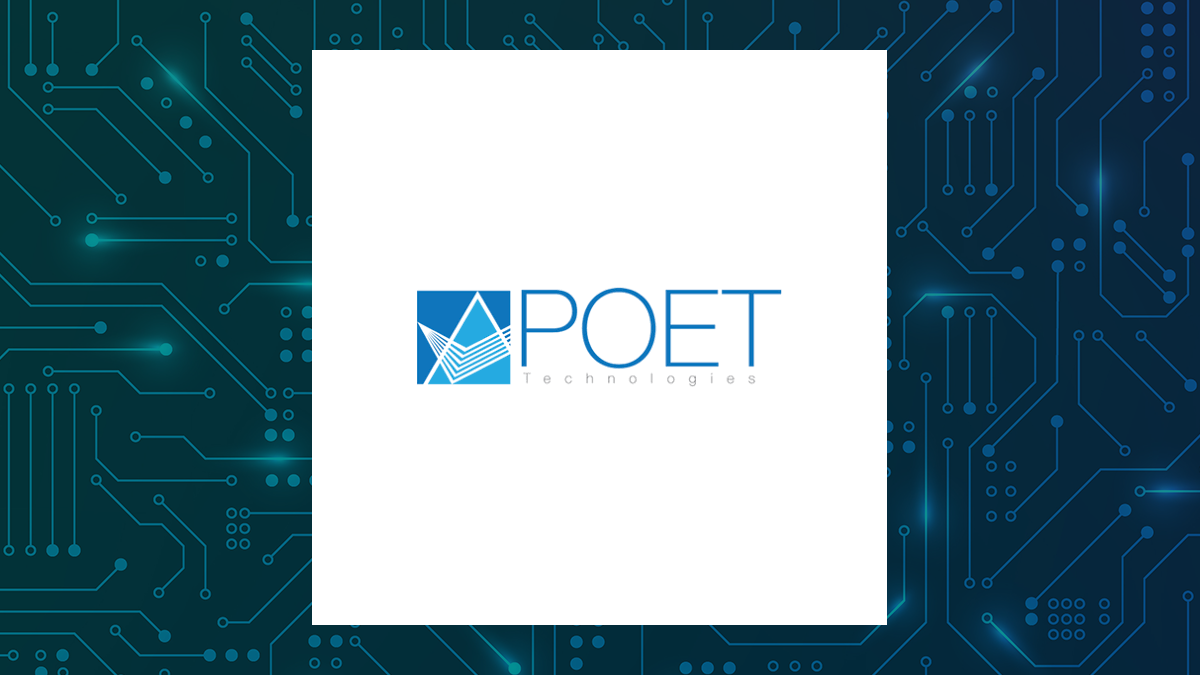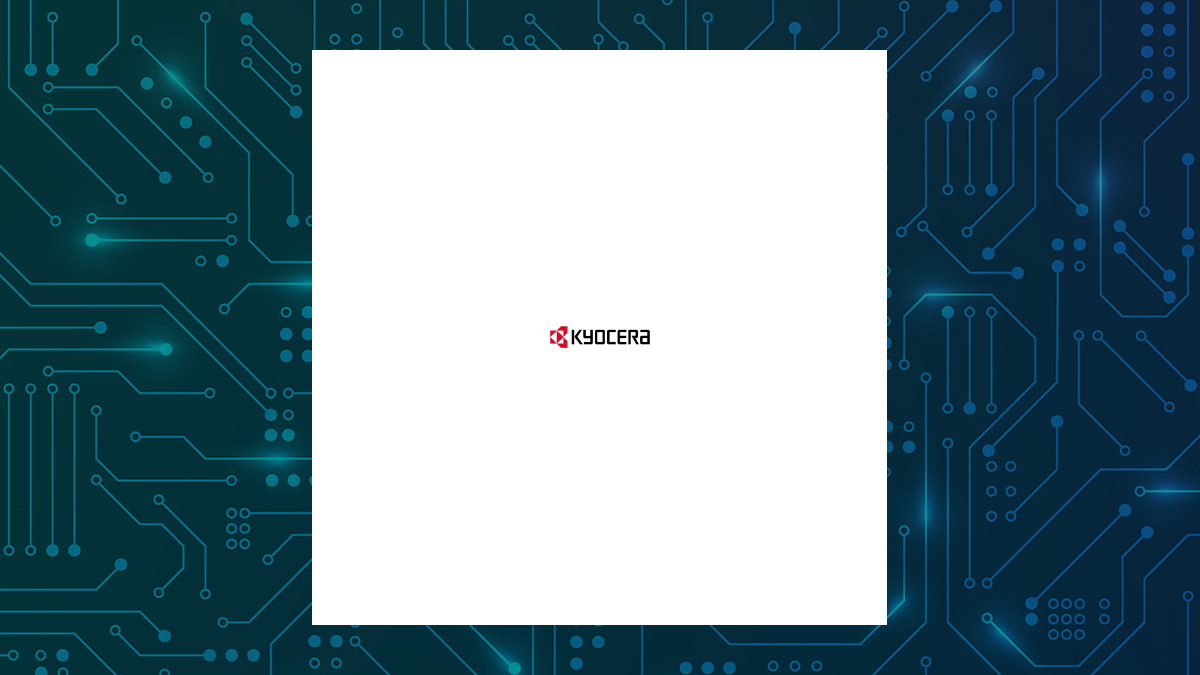Profitability
This table compares POET Technologies and Kyocera’s net margins, return on equity and return on assets.
| Net Margins | Return on Equity | Return on Assets | |
| POET Technologies | N/A | -88.82% | -74.05% |
| Kyocera | 1.34% | 0.82% | 0.60% |
Institutional & Insider Ownership
7.4% of Kyocera shares are held by institutional investors. Strong institutional ownership is an indication that large money managers, endowments and hedge funds believe a company will outperform the market over the long term.
Risk & Volatility
POET Technologies has a beta of 0.81, suggesting that its stock price is 19% less volatile than the S&P 500. Comparatively, Kyocera has a beta of 0.32, suggesting that its stock price is 68% less volatile than the S&P 500.
Earnings and Valuation
| Gross Revenue | Price/Sales Ratio | Net Income | Earnings Per Share | Price/Earnings Ratio | |
| POET Technologies | $4.43 million | 361.26 | -$18.17 million | ($0.05) | -87.70 |
| Kyocera | $13.88 billion | 1.33 | $697.41 million | $0.14 | 93.32 |
Kyocera has higher revenue and earnings than POET Technologies. POET Technologies is trading at a lower price-to-earnings ratio than Kyocera, indicating that it is currently the more affordable of the two stocks.
Summary
Kyocera beats POET Technologies on 8 of the 10 factors compared between the two stocks.
About POET Technologies
 POET Technologies, Inc. engages in the designing, developing, manufacturing and sale of opto-electronic solutions for the sensing, data communications and telecommunications markets. It developed POET Optical Interposer platform, which allows the integration of electronic and photonic devices into a single multi-chip module. The company was founded on November 14, 1985 and is headquartered in Toronto, Canada.
POET Technologies, Inc. engages in the designing, developing, manufacturing and sale of opto-electronic solutions for the sensing, data communications and telecommunications markets. It developed POET Optical Interposer platform, which allows the integration of electronic and photonic devices into a single multi-chip module. The company was founded on November 14, 1985 and is headquartered in Toronto, Canada.
About Kyocera
 Kyocera Corporation develops, produces, and distributes products based on fine ceramic technologies in Japan, rest of Asia, Europe, the United States, and internationally. It operates through Core Components Business, Electronic Components Business, and Solutions Business segments. The Core Components Business segment offers components, such as fine ceramic components for semiconductor processing equipment, automotive camera modules, and ceramic packages, as well as organic packages and boards to protect electronic components and ICs to industrial machinery, automotive-related, and the information and communication-related markets; optical components, and jewelry and applied ceramic related products; and medical devices comprising prosthetic joints and dental implants. The Electronic Components Business segment provides various electronic components and devices, including capacitors, crystal devices, connectors, and power semiconductor devices for diverse fields comprising information and communications, industrial equipment, automotive-related, and consumer markets, as well as sensors and control components. The Solutions Business segment offers cutting tools, as well as pneumatic and power tools for automotive-related and general industrial, and construction markets; printers for offices; and communication terminals, such as mobile phones, as well as information systems and telecommunication services. This segment also provides MFPs, commercial inkjet printers, communication modules, displays, and printing devices, as well as information systems and telecommunication, smart energy-related products and services, and solution services, such as document management system. The company was formerly known as Kyoto Ceramic Kabushiki Kaisha and changed its name to Kyocera Corporation in 1982. Kyocera Corporation was incorporated in 1946 and is headquartered in Kyoto, Japan.
Kyocera Corporation develops, produces, and distributes products based on fine ceramic technologies in Japan, rest of Asia, Europe, the United States, and internationally. It operates through Core Components Business, Electronic Components Business, and Solutions Business segments. The Core Components Business segment offers components, such as fine ceramic components for semiconductor processing equipment, automotive camera modules, and ceramic packages, as well as organic packages and boards to protect electronic components and ICs to industrial machinery, automotive-related, and the information and communication-related markets; optical components, and jewelry and applied ceramic related products; and medical devices comprising prosthetic joints and dental implants. The Electronic Components Business segment provides various electronic components and devices, including capacitors, crystal devices, connectors, and power semiconductor devices for diverse fields comprising information and communications, industrial equipment, automotive-related, and consumer markets, as well as sensors and control components. The Solutions Business segment offers cutting tools, as well as pneumatic and power tools for automotive-related and general industrial, and construction markets; printers for offices; and communication terminals, such as mobile phones, as well as information systems and telecommunication services. This segment also provides MFPs, commercial inkjet printers, communication modules, displays, and printing devices, as well as information systems and telecommunication, smart energy-related products and services, and solution services, such as document management system. The company was formerly known as Kyoto Ceramic Kabushiki Kaisha and changed its name to Kyocera Corporation in 1982. Kyocera Corporation was incorporated in 1946 and is headquartered in Kyoto, Japan.
Receive News & Ratings for POET Technologies Daily - Enter your email address below to receive a concise daily summary of the latest news and analysts' ratings for POET Technologies and related companies with MarketBeat.com's FREE daily email newsletter.
